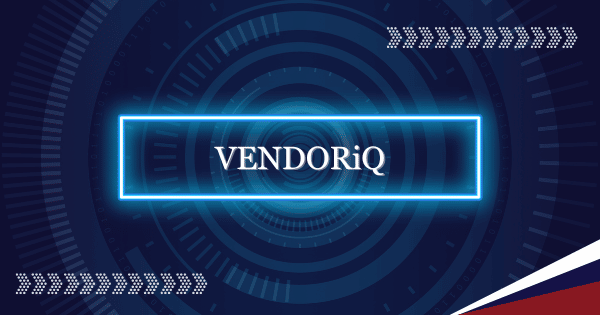Why It’s Important
Consolidating Cameyo’s virtual application delivery expertise into Google’s ChromeOS business ecosystem has implications for the management and accessibility of legacy applications. VAD solutions offer a cost-effective alternative to virtual desktop infrastructure (VDI) for delivering Windows applications to various devices. This acquisition may serve to demonstrate that VAD is no longer a ‘bleeding edge’ case, but a proven and trusted approach.
IBRS views VAD solutions as a lighter and more cost-effective way of delivering Windows applications to devices when compared to VDI.
When analysed critically, most applications included in VDI environments could be delivered with web-based or native clients across all major device form factors, leaving only a handful that demand the ‘Windows experience’.
From IBRS’s engagements with clients, we estimate that almost three-quarters of organisations adopt VDI (and increasingly cloud-based VDI, such as Azure Desktop Services) to make eight or fewer essential applications available to remote teams or for highly secure use cases. These applications are often from legacy solutions being reassessed, or aged bespoke applications developed in .Net and even 32bit Visual Basic. In other cases, the applications are deemed to host highly sensitive data, and so the deployment of the clients into the field is avoided. Rather than simply shifting VDI to the cloud as a matter of course, the end-user computing team should carefully evaluate whether a VDI or VAD solution will best meet their needs. In many cases, VAD may be a more cost-effective approach, although it will require new technical and IT operations management skills and a new way of thinking about end-user computing delivery.
Google’s acquisition of Cameyo appears to be a positive move, especially given that Cameyo was bundled into the Chrome OS in 2023.
However, enterprises in ANZ, India, and ASEAN have been reticent about adopting ChromeOS, so Google’s even closer relationship may hinder Cameyo’s progress as an independent supplier of VAD. The counterargument is that Google’s significant sales, cloud, and networking infrastructure will boost Cameyo’s ability to enter new markets and access new clients and serve as validation that VAD is a viable alternative to VDI.
The decisive factor will be the rate at which the market sees VAD as a viable alternative to cloud-based VDI. Google has a history of killing solutions that underperform in the market. Therefore, Google, Cameyo, and other VAD vendors urgently need to educate the market and make a compelling economic and ease-of-use case for virtual application delivery over remote desktops.
Who is Impacted?
- IT infrastructure managers
- Application development teams
- IT procurement specialists
What’s Next?
In short, IBRS recommends that any VDI strategy include a critical evaluation of the alternative VAD approach. The potential for streamlined application delivery backed by a major vendor (Google) may influence the future strategies of tech leaders considering the rollout of ChromeOS within their organisations and the use of VAD more broadly.
When evaluating VDI, evaluate the potential benefits of VAD technology as well.
When creating strategies to provide remote and secure access to legacy applications, consider a limited VAD proof-of-concept (POC) to see if VAD would provide a positive and effective user experience.


